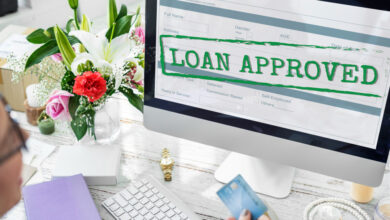5 Things to note about ELSS

Equity Linked Savings Scheme or ELSS as it is commonly referred to as is an open ended tax saving scheme that comes with a three year lock in period and tax benefit. Investors can consider this tax saving mutual fund scheme for reducing their tax liability. ELSS is the only mutual fund scheme that comes with a tax benefit. Since this is an equity oriented scheme, investors must be aware of the investment risks and only invest if their risk appetite allows them to do so.
Here are five important things to note about ELSS:
- It is an equity mutual fund
As per SEBI guidelines, ELSS is an equity mutual fund that must invest the majority of its investible corpus in equity and equity related instruments of publicly listed companies. Since this is an equity oriented mutual fund scheme there are chances that investors might be able to earn long term capital appreciation if they continue to invest in this scheme for the long haul. Since you are going to have to pay taxes till you retire, you can continue investing in ELSS till you retire and might even be able to build a solid retirement corpus through these investments. Equity mutual funds are volatile in the short run but historically have outperformed every other traditional investment avenue in the past.
- Short lock in period
ELSS has a short lock in period of 3 years. This means that if you invest in an ELSS fund today then you cannot redeem this invested sum for the next 36 months at least. Having said that, ELSS has the shortest lock in period among other tax saving instruments under Section 80C of the Indian Income Tax Act, 1961. The lock in period of other tax saving schemes under Section 80C starts from 5 years and can last till 15 years or even more. This makes ELSS a more liquid scheme and investors can redeem their investments soon after the lock-in period is over.
- Save tax
An investor can invest up to Rs. 1.5 lacs every fiscal year and claim tax deduction for the amount invested. By investing this sum, an investor can save up to Rs. 46,800 in taxes. However, one cannot claim for a tax deduction for an amount exceeding Rs. 1.5 lacs.
- No upper limit
There is no upper limit for ELSS investments. Investors can invest any sum that they wish depending on their risk appetite. So, you are not restricted to investing on Rs. 1.5 lacs. The amount can be as higher as you want it to be based on your financial goals, your risk appetite, and your investment time horizon. This means that ELSS can be used as an investment tool for long term wealth creation and not just as a tax saving tool. However, as mentioned earlier you cannot claim tax benefit for any amount that exceeds Rs. 1.5 lacs.
- SIP option
Investors can invest in ELSS either via one time lumpsum investment or via SIP. A Systematic Investment Plan is the easiest way to invest in ELSS as this way you can invest small fixed sums regularly and save tax. Other tax saving instruments do not have the SIP option and investors may need to invest a large sum right at the beginning of the investment cycle. But with SIP one can save tax without any financial woes as some AMCs offer SIPs as low as Rs 500 per month.
You can save tax with ELSS, but this is a mutual fund scheme that does not guarantee returns. Investors must consult a financial advisor before investing.






